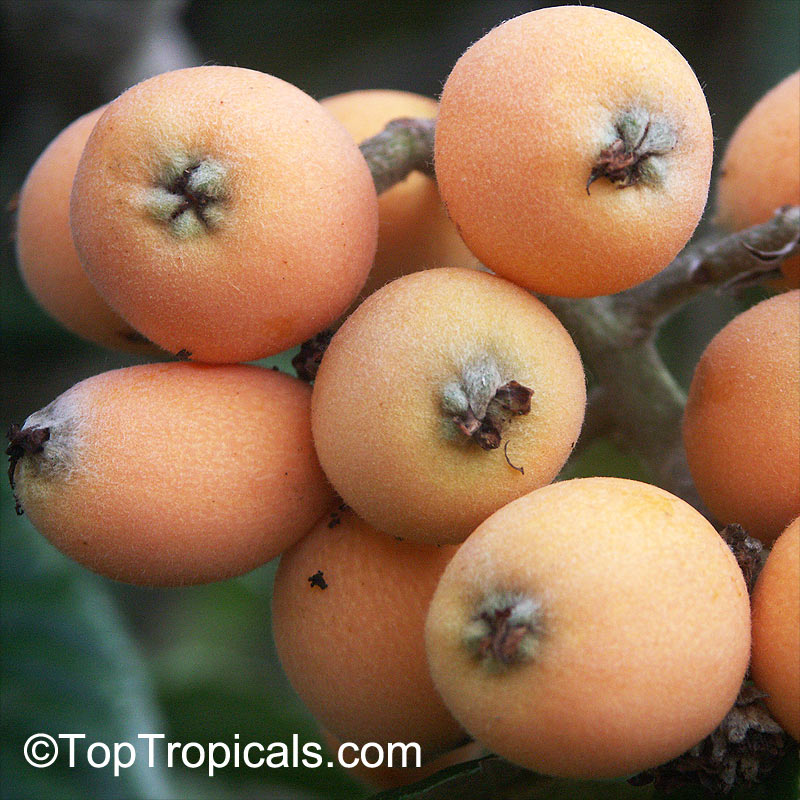Mangosteen Morphology
Chapter 6 Page no. Het is een traag groeiende boom met een pryramidale kroon een meter of twaalf hoog.
Malaccensis particularly in its vegetative and fruit characters even sharing similar taste of ripe fruits.

Mangosteen morphology. The r esults of ultima te proxima te and biopolymer analysis of raw mangosteen peel is tabulated in Table-1. Based on morphological characters mangosteen may be a sterile allopolyploid hybrid 2n 88 90 between two Garcinia spp. Malaccensis particularly in its vegetative and fruit characters even sharing similar taste of ripe fruits.
De bomen in het geslacht Garcinia worden gewoonlijk sapbomen genoemd de vruchten mangistans waarmee ook specifiek op deze paarse mangistan gedoeld of aapvruchten. 19Province in 2008 and 2009 showed diferential morphology as mangosteen phenotype was different and could be distinguished in 6 characters ie small leave and small fruits trees oblong shape trees thin not prominent persistent stigma lobe thickness fruit trees full and partial. 1Mangosteen Garcinia mangostana is grown in Southeast Asia.
Malaccensis with a few accessions identical with wild populations in Peninsular Malaysia. RESULTS AND DISCUSSION Raw ma ter ial c har acter iza tion. ITS data revealed that mangosteen shared more than 99 of its sequence with G.
Attains 20 to 82 ft 6-25 m in height has dark-brown or nearly black flaking bark the. ITS data revealed that mangosteen shared more than 99 of its sequence with G. Ma-dun and cha-muang produce flowers of nearly the same size.
3mangosteen has the biggest size followed by somkhag and ma-phut. 2a the pure mangosteen peel waste has a surface disordered layer-like morphology. The ultimate analysis consist of carbon hydrogen oxygen nitrogen and sulfur are.
The influence of shading intensity on growth morphology and leaf gas exchange of mangosteen Garcinia mangostana L seedlings was investigated over. Diurnal gas exchange studies revealed significantly higher carbon gain for leaves grown. 15As shown in Fig.
3De Garcinia mangostana behoort tot de hertshoornfamilie de Clusiaceae. This chapter on mangosteen Garcinia mangostana biology and production covers the following. The plants grow well in soils with a high pH of 55--68.
The mangosteen tree is very slow-growing erect with a pyramidal crown. 1 r ound fruit with round fruit base medium fruit. Mangosteen clone survey in Eastern Region of Thailand as Rayong Chanthaburi and Trat Province in 2008 and 2009 showed diferential morphology as mangosteen phenotype was different and could be distinguished in 6 characters ie small leave and small fruits trees oblong shape trees thin not prominent persistent stigma lobe thickness fruit trees full and partial variegated mature leave color.
The influence of shading intensity on growth morphology and leaf gas exchange of mangosteen Garcinia mangostana L seedlings was investigated over a 2-year period. Taxonomy geographical distribution environmental requirements for cultivation climate and soil physical and chemical properties plant morphology whole plant flowers and fruits and development flowering pollination and fruit set growth and ripening. Meanwhile the as-prepared MP-C was exhibited the surface uniform stone-like morphology as given in Fig.
It is a well-known tropical fruit and termed as the queen of fruits for its unique sweetsour taste14 The pericarp has been used in traditional medicine in Southeast Asia for the treatment of. The morphology scanning were performed using different magnifications to obtain clear images. Mangosteen Garcinia mangostana L known as one of the most desirable tropical fruits of Southeast Asia has been considered as an obligate agamospermous hybrid thought to have arisen from two.
The The fruit colour for mangosteen and G. Morphological observation shows that mangosteen highly resembles G. Taxonomy geographical distribution environmental requirements for cultivation climate and soil physical and chemical properties plant morphology whole plant flowers and fruits and development flowering pollination and fruit set growth and ripening cultivar development cultural practices.
Mangosteen is only known as a female cultivated plant. It is not adapted to limestone soils sandy alluvial soil or sandy soil low in humus. 26Mangosteen prefers deep fertile well-drained and slightly acidic clay loam rich in organic matter.
19Morphological observation shows that mangosteen highly resembles G. Malaccensis morphological comparison of mangosteen with its is similar even when the fruits are ripening. Malaccensis with a few accessions identical with wild populations in Peninsular Malaysia.
In case of color both somkhag and ma-dun have red to dark red color while mangosteen has a pinkish red one. This chapter on mangosteen Garcinia mangostana biology and production covers the following. 1No male flowers or trees have been described though it is said to be dioecious.
Based on the morphology characters the mangosteen in Sumatra and Java could be divided in to seven ki nds. When closest relatives are summarised in Table 2 and details young and unripe the fruit is greenish yellow then on the two most important characters ie fruits and turning reddish-pink and finally purplish black male flowers are noted below. The tree is adapted to heavy and well distributed rainfall of.
The other species have petal color ranging from light green to yellow Table 1 Figure 1.




Post a Comment for "Mangosteen Morphology"